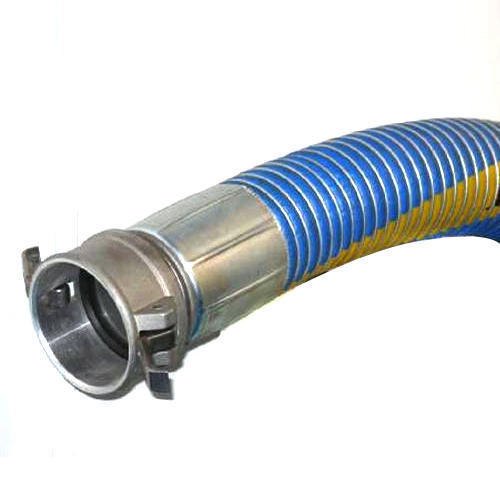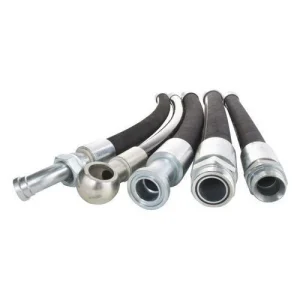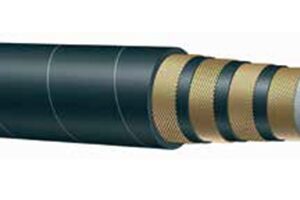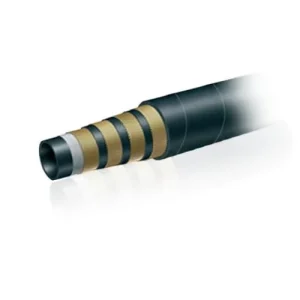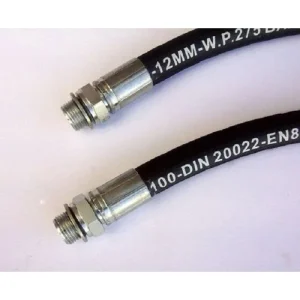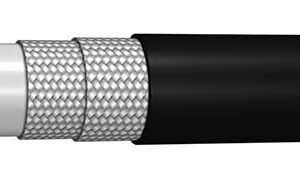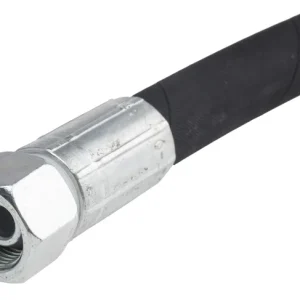Chemical Hose
A “Chemical Hose” is a specialized type of industrial hose designed to safely transfer various chemicals and chemical substances. These hoses are used in a wide range of industries, including chemical processing, pharmaceuticals, petrochemicals, agriculture, and more, where the safe and efficient handling of various chemicals is essential.
- Construction: Chemical hoses are engineered with materials that are compatible with the specific types of chemicals they are intended to handle. The construction of the hose usually consists of an inner tube, reinforcement layers, and an outer cover.
- Inner Tube: The inner tube is the innermost layer of the hose and is in direct contact with the chemical being transferred. It is typically made of synthetic rubber or special materials that offer excellent chemical resistance to the substances being conveyed. The choice of inner tube material depends on the types of chemicals the hose will encounter.
- Reinforcement Layers: Chemical hoses require strong reinforcement to handle the pressure of the chemical flow and to prevent the hose from collapsing or bursting. Reinforcement can include high-strength synthetic fibers, wire braids, or spirals.
- Outer Cover: The outer cover protects the hose from external factors such as abrasion, weathering, and chemical exposure. It is designed to be resistant to chemicals and environmental conditions.
- Temperature Range: Chemical hoses are designed to operate effectively within a specific temperature range to ensure that the materials used can handle the temperature of the chemicals being transferred.
- Pressure Rating: Chemical hoses are rated for specific pressure levels, which are based on the intended application and the pressure requirements of the chemicals being conveyed.
- Chemical Compatibility: One of the most critical factors in designing chemical hoses is ensuring compatibility with the specific chemicals they will encounter. Manufacturers specify the chemical resistance of the hose materials and provide a chemical compatibility chart to guide users in choosing the appropriate hose for each application.
- Size and Length: Chemical hoses come in various sizes and lengths to accommodate different applications and handling requirements.
- End Fittings: Chemical hoses may come with different end fittings, such as threaded connections or flanges, to facilitate easy and secure connections to the chemical transfer equipment.
- Color Coding: To prevent cross-contamination and to aid in proper identification, some chemical hoses may be color-coded. The color-coding helps users easily distinguish hoses intended for specific types of chemicals.
0
People watching this product now!

